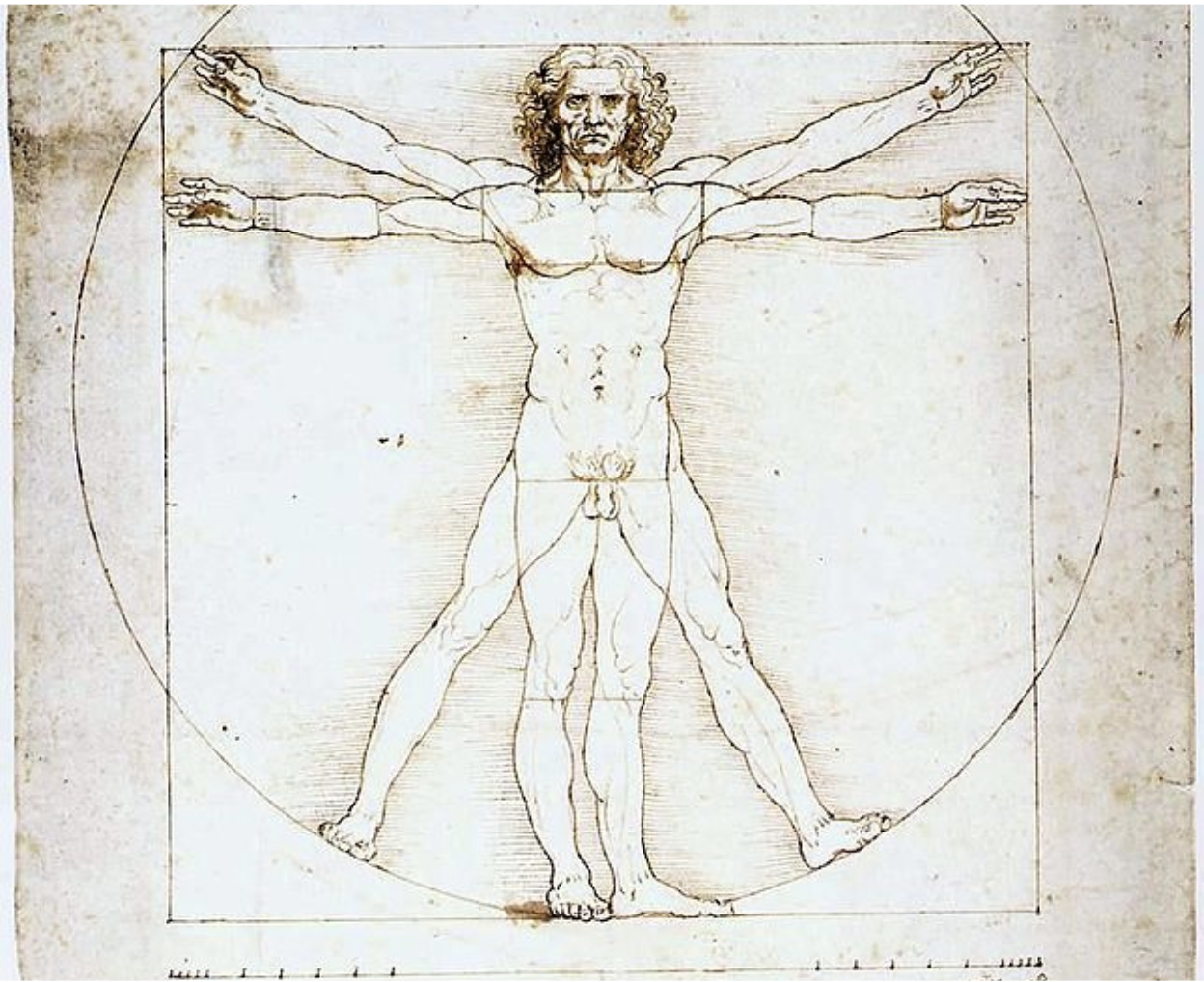Can drunkenness ever be holy? Brady examines the employment of drunkenness as a motif for both spiritual admonition and encouragement in the writings of the Church Fathers and the visual propagation of these teachings through early modern depictions of Noah and His Sons.
Joan Didion was an undeniable icon of American culture in the 60s and 70s. Her writing provided an unflinching account of the so-called counterculture movement and revealed the disturbing truth of the “American Dream” manufactured in Hollywood. In her famous collection of essays, Slouching Towards Bethlehem, Didion juxtaposed philosophical musings on the American West with frequent references to low-brow aspects of popular culture. Her home in Brentwood reflected this. Situated in a very fancy part of Los Angeles, her house was cozy and understated. At the entrance was a map of California with pins to map out her stories. Inside, she showcased her impressive art collection alongside pictures and knick knacks—evidence of a well-lived life. And then, tucked away in an austere white closet was a typewriter where, like a monk, she wrote.
Recently, art, furniture, and objects from this very Brentwood home, as well as Didion’s Upper East Side apartment, were sold at auction by Stair Auctions. Proceeds will be donated to medical research and, fittingly, a literary scholarship for women. It was a curious, fanatical, and slightly morbid event. A set of blank notebooks sold for $11,000, two stained leather wastebaskets sold for $5,500. Five aprons and a rolling pin fetched $6,000. Who would pay such ridiculous prices for random, worthless objects? And what does this tell us about American culture? What it shows is an attempt (or a hope) to resurrect a person via their possessions – the simple objects that have inevitably outlasted even a literary giant such as Didion.
So, in keeping with the spirit of the auction, here is exactly that: my effort to paint a picture of Joan Didion and her writing through the objects that surrounded her.

Robert Rauschenberg (1925-2008): L.A. Flakes--11,000', and Rising, sold for $27,000
Robert Rauschenberg was immensely important to the development of American art in the second half of the twentieth century. A part of the group that broke away from the Abstract Expressionists, he was known for incorporating references to popular culture and everyday objects in his art – a tendency that some critics hated. In that way, Rauscheberg is a precursor to the pop art movement. Finding his work in Joan Didion’s home, then, makes sense. Both artist and writer saw the significance of familiar cultural symbols and made it essential to their work.

Transfer Printed Porcelain 'California' Charger, sold for $5,000
This souvenir California plate seems a little ridiculous situated between a Rauschenberg and a Twombly, but that’s kind of the point. California was at the heart of Didion’s writing, and what she showed is that California, with all of its grand intentions and old promises of the future, was also kitschy at the core.

Cy Twombly (1928-2011): Untitled, sold for $50,000
The story goes that Didion and her husband John Dunne went out to buy a winter coat and instead came back with this Twombly lithograph. Relatable, right? But what this really shows is something about how Didion collected art. Her collection was spontaneous and not carefully curated. Why Didion might feel such a strong and immediate collection to the work of Twombly might be explained by what interested Twombly himself. He was heavily influenced by literature and myth, known for contorting landscapes into an unrecognizable stroke of color. He often included in his paintings what looked like writing, but was actually just a meaningless scrawl. These literary tendencies of Twombly’s create a natural connection to Didion.

American Patchwork Quilt, sold for $8,000
In an abstract sense, quilts are interesting, as they are considered a distinct expression of American, specifically frontier, culture—a theme that was central to Didion’s writing. This particular old, yellowed quilt hung above the bed of Quintana Roo in her mother’s New York apartment. Didion’s life was marred by tragedy, and one of the most painful tragedies was the untimely death of her daughter, Quintana Roo, in 2005.

Willard Dixon (b. 1942): Las Vegas, sold for $9,500
For certain pieces in the sale, it seems natural to connect the object directly to Didion’s writing. Didion wrote about Las Vegas frequently. She called it “the most extreme and allegorical of American settlements” and a place that “seems to exist only in the eye of the beholder.” The auctioneer referenced her writing when selling this piece, and it makes sense. With this painting, you can see (or imagine you’re seeing) Las Vegas as Didion did—a bizarre urban, commercial wasteland created for the business of immediate gratification.

Pair of Celine Faux Tortoiseshell Sunglasses, sold for $27,000
Didion claimed she wasn’t a style icon, but items like this pair of glasses (and the price they went for) suggest otherwise. She explained to Vogue in 2011 that her affinity for large, dark glasses began in childhood when she used to imagine herself as a divorcée in Argentina, “wearing dark glasses and avoiding paparazzi.” It was the dream of glamor and an early awareness of tabloids and the “Hollywood lifestyle” she would write about in adulthood.
She posed for a Celine ad in 2015 wearing sunglasses like these, showing just how iconic her image had become.





